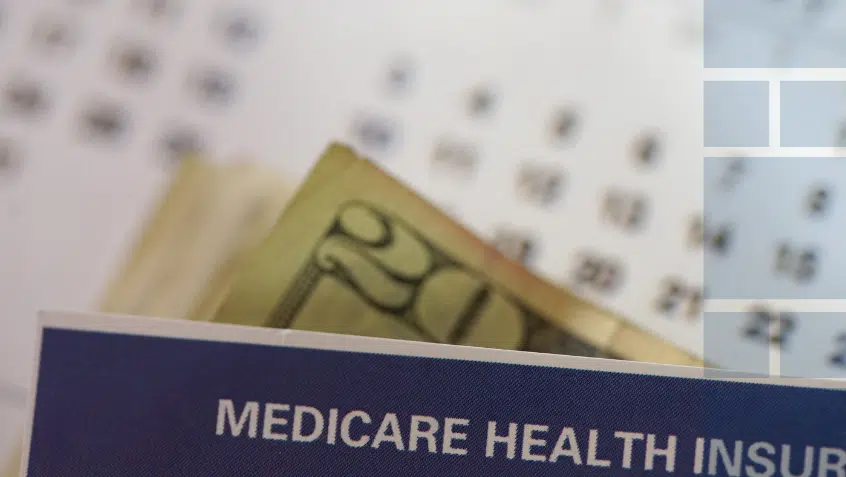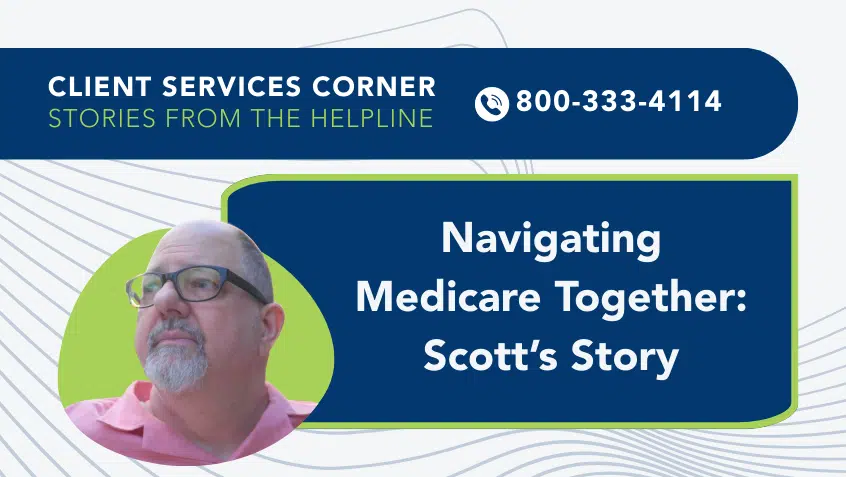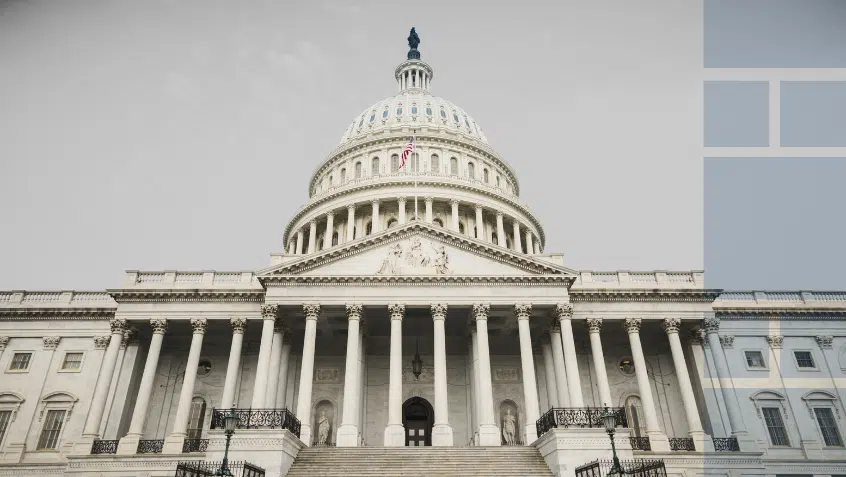Join Us Live for a Discussion on Medicare, Democracy, and the Future of Health Care
Trustees Project Five-Year Increase in Medicare Trust Fund Solvency

On Monday, the Medicare Trustees released their mandatory annual report on the financial status of Medicare’s trust funds. Last year, the Trustees extended the Hospital Insurance (HI) Part A trust fund by three years. This year’s projection goes even further, extending it by five additional years. The fund is now projected to be partially depleted in 2036. At that point, program income would be sufficient to pay for 89% of Part A benefits.
The HI trust fund finances Medicare Part A, which covers inpatient hospital care, hospice, skilled nursing facilities, and home health services following a qualifying hospital stay. The fund gets its money primarily through the Medicare payroll tax, which means improved employment and wages benefit the HI trust fund. The report shows an increase of 4.1% in payroll tax income compared to the previous 12-month period. Growth in Part A spending has averaged 5.5% annually over the last 5 years.
While most headlines focus on the HI fund, the report also addresses the Supplemental Medical Insurance (SMI) trust fund, which covers Part B and some of Part D. The SMI trust fund is financed through a combination of premiums and general revenue amounts that change each year to account for projected spending. This financing means the SMI fund does not rely on payroll taxes and is not as constrained in its funding.
Growth in Part B spending, which covers physicians, outpatient hospitals, and some home health, has averaged 8.3% per year for the last 5 years. For Part D, optional plans that cover prescription drugs, spending growth has averaged 6.6% per year for the last 5 years.
Like last year, the Trustees project that the Inflation Reduction Act’s prescription drug changes will have various effects on Part D costs and the SMI fund. At first, spending will go up for the program but down for beneficiaries as the Part D redesign—including the $2,000 out-of-pocket cap that will go into effect in 2025—goes into effect. Starting in 2026, drug price negotiation will lower program and beneficiary costs gradually, and the Trustees estimate this will completely offset the redesign costs starting in 2031.
Medicare Advantage (MA) gets funding from both the HI and SMI funds. As we noted last year, MA overpayment continues to play a role in driving up Medicare spending and depleting the HI trust fund.
The eight-year extension in trust fund projections over the last two years shows how volatile and unpredictable Medicare revenues and spending can be. At Medicare Rights, we urge policymakers to consider adding revenue to the HI trust fund now to avoid any overreactions in the future.
We also support continuing efforts to lower prescription drug prices and costs, fill gaps in coverage, and ease access to low-income assistance programs. These commonsense reforms would improve individual and systemic outcomes.
Read the 2024 Medicare trust fund report and fact sheet.
Show Comments
We welcome thoughtful, respectful discussion on our website. To maintain a safe and constructive environment, comments that include profanity or violent, threatening language will be hidden. We may ban commentors who repeatedly cross these guidelines.
Help Us Protect & Strengthen Medicare
Donate today and make a lasting impact
More than 67 million people rely on Medicare—but many still face barriers to the care they need. With your support, we provide free, unbiased help to people navigating Medicare and work across the country with federal and state advocates to protect Medicare’s future and address the needs of those it serves.
The Latest
Most Read
Add Medicare to Your Inbox
Sign up to receive Medicare news, policy developments, and other useful updates from the Medicare Rights.
View this profile on InstagramMedicare Rights Center (@medicarerights) • Instagram photos and videos









